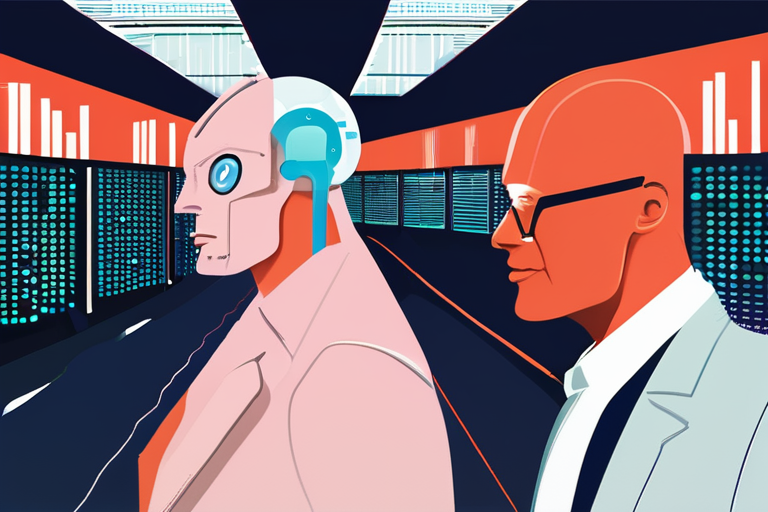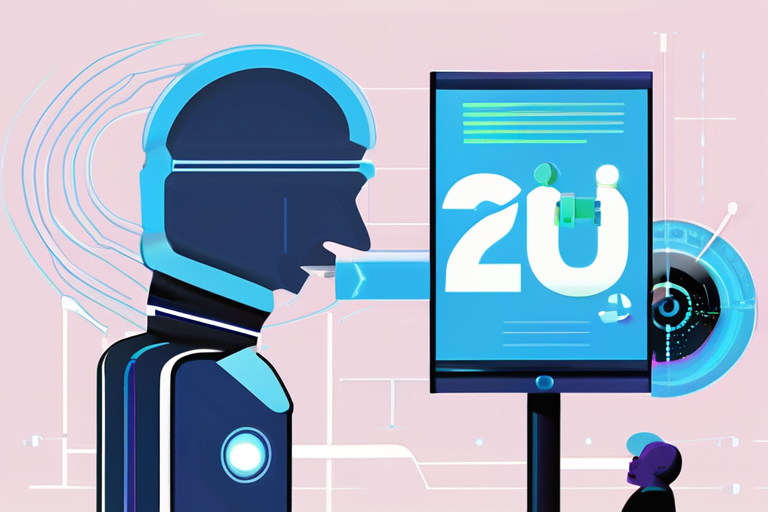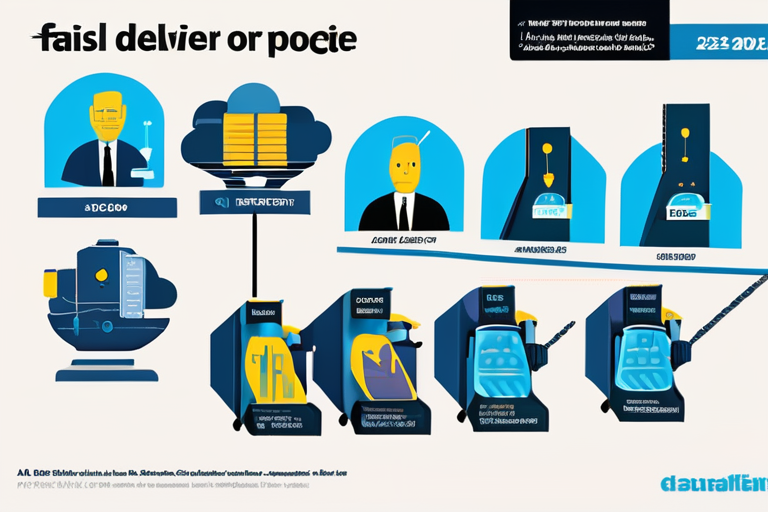

Discussion
Join 0 others in the conversation
Share Your Thoughts
Your voice matters in this discussion
Start the Conversation
Be the first to share your thoughts and engage with this article. Your perspective matters!
More Stories
Discover articles from our community

Businesses Stuck on AI: 3 Surprising Roadblocks to ROI Revealed
 Hoppi
Hoppi

AI Investments Create a Growing Chasm of Opportunity and Risk
 Hoppi
Hoppi

Robinhood CEO Predicts AI Revolution Will Sweep Every Industry Faster Than You Think
 Hoppi
Hoppi

AI Innovation Fails Without a Clear Value Proposition
 Hoppi
Hoppi

AI Revolution: 78 Million New Jobs Created, But at What Cost to Human Leadership?
 Hoppi
Hoppi

Fortune 500 CEOs Waste $8.1 Billion on AI Projects That Fail to Deliver
 Hoppi
Hoppi

Businesses Stuck on AI: 3 Surprising Roadblocks to ROI Revealed
No ROI on Your AI? The Solution is Simpler - and More Human - Than You Think A recent study …

Hoppi

AI Investments Create a Growing Chasm of Opportunity and Risk
The AI Value Gap: A Chasm of Opportunity and Peril As I stepped into the sleek, modern headquarters of a …

Hoppi

Robinhood CEO Predicts AI Revolution Will Sweep Every Industry Faster Than You Think
AI Revolution: Robinhood CEO Predicts Every Company Will Become an AI Firm The rapid adoption of artificial intelligence (AI) is …

Hoppi

AI Innovation Fails Without a Clear Value Proposition
Artificial Intelligence Innovation Demands Smarter Thinking on Value Creation As artificial intelligence (AI) continues to transform industries and revolutionize the …

Hoppi

AI Revolution: 78 Million New Jobs Created, But at What Cost to Human Leadership?
AI Revolution: A Net Gain of 78 Million Jobs by 2030 The World Economic Forum's latest report has sparked debate …

Hoppi

Fortune 500 CEOs Waste $8.1 Billion on AI Projects That Fail to Deliver
The Shadow AI Economy: A $8.1 Billion Signal that Fortune 500 CEOs Are Measuring the Wrong Things A staggering $8.1 …

Hoppi
